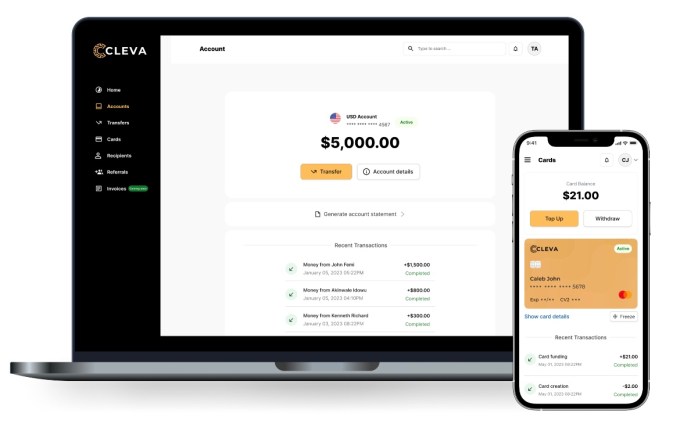
Electric boat startup Navier has landed the first official pilot program for its hydrofoiling watercraft, partnering with Stripe to bring passengers from San Francisco’s outskirts to the downtown area.
Stripe will pay Navier to shuttle employees from Larkspur, where a number of them are concentrated, to its office near Oyster Point. An hour’s drive at the best of times, and passing right through central SF, this is not a pleasant commute by car. Half an hour by boat — especially an electric hydrofoiling boat, which in my experience is quite a smooth, quiet ride — would be infinitely preferable.
Navier’s six-passenger N30, which made its official debut in 2022 after an accelerated development period, isn’t going to make a big dent in traffic on its own, of course. Even if the company were to add the five-seven more vessels it plans to as they are built, that’s only a handful of cars off the road.
But as a pilot program, the intent is not to operate at scale but to identify the means of and barriers to that scale. Navier has been shopping around the West Coast looking for a good place to do this, and it seems that Stripe and the Bay Area made the best case.
Navier’s hydrofoiling electric boat cruises West Coast waterways to line up first pilot programs
“Over the next few months, our goal is to identify the most critical commuting routes from Oyster Point and gain insights into commuter behaviors. This will help us fine-tune our services to alleviate traffic congestion in coastal cities while addressing issues like pollution and lost work hours,” said founder and CEO Sampriti Bhattacharyya. “Furthermore, our pilot program will be instrumental in refining our onboard systems, including automated collision detection and autonomous navigation technologies.”
Those will be increasingly helpful as Navier pursues larger vessels, like the 30-passenger model they’re developing. While fully autonomous boats are still some ways off (though perhaps closer than cars), a 30-passenger ferry operable by a single person instead of three, and running on electricity represents huge potential savings for the companies running these routes already. But trust has to be built around systems like auto-docking, animal detection and so on.

Other coastal cities with commute problems may take notice if the pilot program goes well. Certainly in my own environs of Seattle, traffic between certain parts of the city (and a newly uncovered waterfront district) suggest a renewed focus on nautical transit may not be far off.
“Our initiative focuses on transforming these journeys into seamless, efficient and enjoyable experiences,” said Bhattacharyya. “We’re introducing a water shuttle service equipped with amenities that enhance on-the-go productivity, such as desks and Wi-Fi. This service aims to encourage commuters to switch from individual car travel to a more pleasant, productive, zero-emission alternative.”



